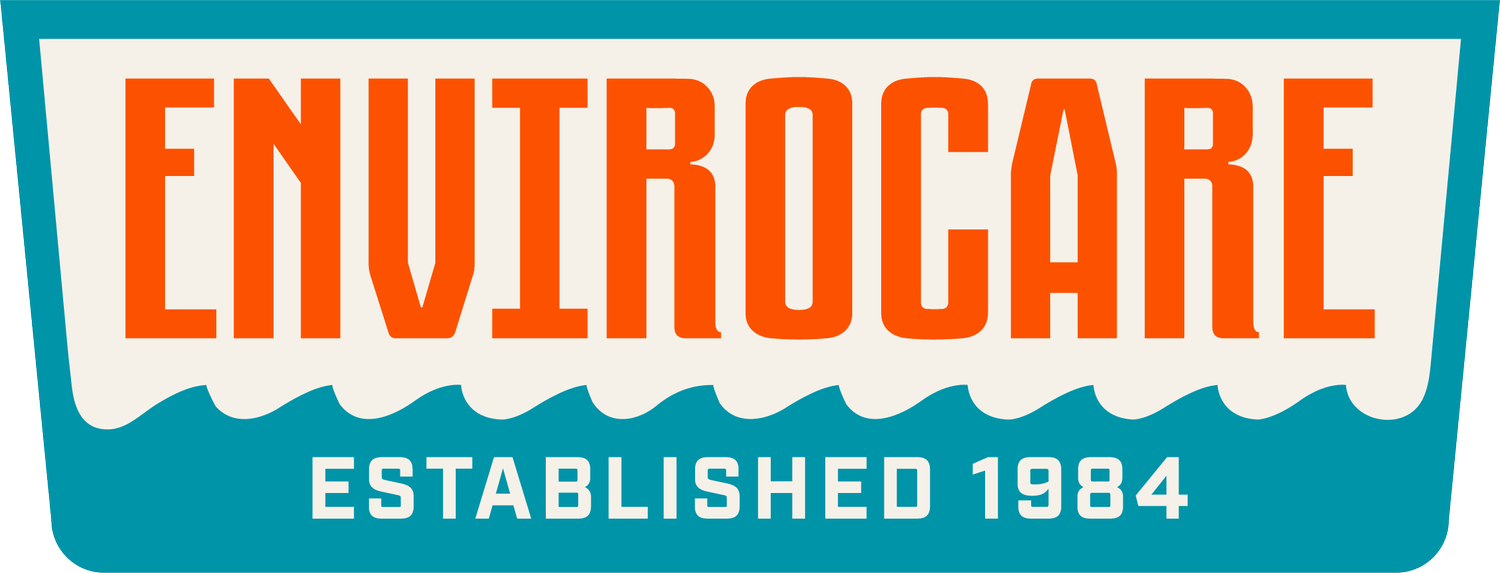The Do’s and Don’ts of Grease Trap Maintenance
Cleanliness is more than just appearances, especially in food industry.
For business owners, cleanliness is about protecting your customers, your kitchens, and ultimately your bottom line.
When it comes to commercial kitchens, a clean and functional grease trap is non-negotiable.
A poorly maintained grease trap can wreak havoc on your plumbing and cause problems, from clogged drains and foul odors to costly repairs or even closures.
Grease Trap 101
If you’ve made it to this article, chances are you know what a grease trap is, but let’s cover some basics.
First, it’s a simple fact that fats, oils, and grease (FOG) can seriously damage plumbing.
That’s why a grease trap is an essential part of a commercial kitchen. They work by slowing down wastewater flow, allowing all the FOG to rise to the top, where it can be removed manually or automatically.
There are several different types:
Gravity
Hydromechanical
Automatic Grease Removal Unit (AGRU)
Gravity traps are the most common and rely on the natural separation of water and FOG, while hydromechanical traps use baffles and flow control to separate more efficiently.
AGRUs are the most efficient, removing up to 99% of FOG from water. However, they are also the most expensive.
According to the FDA Food Code, failure to properly maintain a grease trap “could
result in the harborage of vermin and the failure of the sewage system.”
That is why maintaining grease traps in your business is essential, but what are the do’s and don’ts?
The Do’s of Grease Trap Maintenance
Grease trap maintenance is similar to keeping your house clean.
There are easier things you should do daily and more involved things you should do less frequently.
Your FOG output will determine how often you need to do more intensive cleaning.
Are you wondering how often your grease trap needs attention? The Envirocare team can help you set the best maintenance schedule, including grease trap cleaning, drain jetting and grease removal, for your business.
Daily Maintenance
Businesses should make it a protocol to scrape off food scraps from dishes and utensils into designated bins before beginning to wash.
Additionally, sinks and strainers should be cleaned daily.
Anything you can do to prevent grease from entering the trap will help immensely extend the time between deep cleans of the grease trap.
Weekly or Monthly Maintenance
The frequency of required deep cleanings will depend on your company’s FOG output.
One way to extend the time between cleanings is to use bacterial and enzyme additives, which help naturally break down FOG and increase efficiency.
However, once enough FOG has accumulated in the trap, it’s time to go a step further.
The Envirocare team can work with your business from start to finish to create a complete maintenance plan for your grease traps.
From hot water drain jetting to full grease trap cleanings, we can help you determine how frequently you should schedule professional maintenance services and which methods work best for your business.
Our professional cleaners have the expertise and tools to remove FOG, clean the grease trap interior, and spot any other potential issues before they get out of hand.
The Don'ts of Grease Trap Maintenance
While knowing what to do to ensure your grease traps operate efficiently is helpful, it’s just as beneficial to know what NOT to do.
Here are a few of the don’ts of grease trap maintenance:
NEVER pour hot grease or cooking oil directly down the drain.
Avoid pouring harsh chemicals down the drain that could harm the grease trap (ex. bleach)
Don’t overload the grease trap. Schedule regular maintenance to ensure the trap never gets too full of FOG.
Don’t ignore warning signs. Unpleasant odors, slow drainage, and clogs… these are all tell-tale signs of a grease trap that needs maintenance.
Keep coffee grounds, paper towels, and other non-biodegradable items out of your drains and grease traps.
By avoiding some of these common pitfalls, you will better protect your grease traps and business.
DIY vs. professional cleaning
A grease management plan is essential for commercial kitchens, and a big part of that plan is grease trap maintenance.
A well-maintained grease trap protects your plumbing, saves money, and keeps your kitchen operating efficiently - it’s an investment in your company’s future.
While smaller grease traps may be manageable for DIY cleanings, larger systems are better left to professionals.
Professional cleaners have the tools and knowledge to ensure your grease traps work for you instead of against you. Don’t let a neglected grease trap cost your business time and money.
Ready to make grease trap maintenance a breeze?
Our Envirocare team can work with you to ensure your grease traps are in excellent condition from installation to implementation.
For more information or to set up a call with us, complete this form.

